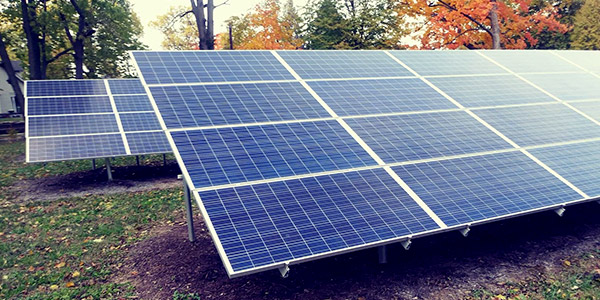Facing an unprecedented number of new generator applicants, MISO this week reaffirmed its aim to speed up its interconnection queue.
The grid operator hopes to shrink the time it takes to complete generation interconnection agreement negotiations and clear the queue’s three-part definitive planning phase (DPP), when it performs interconnection studies.
Currently, the queue’s DPP alone takes approximately a year to complete. Combined with interconnection agreement negotiations, the timeline grows to about 505 days. Earlier this year, stakeholders asked through a formal submission to the Steering Committee that MISO address DPP delays.
MISO has said that if the queue’s DPP and GIA negotiations could be shortened to a year total, it would further its goal of aligning the interconnection queue with planning under its annual Transmission Expansion Plan. (See MISO Targets Swifter Queue Processing.)
A speedier process could keep MISO executing interconnection agreements as it prepares to face its largest-ever queue. The June 2020 cycle of prospective projects could bring the interconnection queue to more than 750 projects totaling 112 GW.
Through early June, the RTO was performing interconnection studies on 406 projects totaling 62 GW, more than half of it solar generation. More than 350 additional projects totaling more than 50 GW applied to enter the interconnection queue before the June 25 deadline, interconnection engineer Cody Doll told the Interconnection Process Working Group on Tuesday.
Not all of the 350 projects may survive MISO’s application validation. “We won’t know until we go through and validate the projects which ones will be in the 2020 cycle,” Manager of Resource Utilization Project Management Jesse Phillips said.
This isn’t the first time the queue will exceed 100 GW. It peaked at a proposed 101 GW worth of projects in 2019 before declining as projects withdrew. MISO says about 20% of projects entering the queue complete the interconnection process.
“The cycles are massive, and they’re not slowing down,” Doll said. “It’s going to lead to challenges because there are so many projects.”
The 2020 cycle was the first time MISO used a completely online application process. (See MISO to Debut Online Queue Requests.) This group of interconnection queue customers also has longer to secure proof of land use for their generation projects. FERC granted MISO’s request for a 60-day extension of its June 25 site control demonstration deadline in May as the COVID-19 pandemic slowed construction and shuttered government offices (ER20-1794). (See “Queue Waiver Request Before FERC,” Wary of Contagion, MISO Bars Visitors for 2020.)
Doll said that with increased queue entrants, MISO’s ability to handle the administrative processing of the interconnection requests may be stretched thin. “We may need to throw more people at certain tasks,” he said.
Doll also said affected-system studies, where MISO must wait on other RTOs to study projects near the seams for impacts, remain an obstacle to shortening the timelines.
Several active queue cycles dating from 2017 are currently delayed at least into fall by ongoing affected-system studies. SPP’s studies are affecting projects in the Central and West planning regions, while PJM’s impact the East region’s projects.
Phillips said MISO continues to work with SPP on how the two can cut down on the time needed to conduct affected-system studies.
MISO’s next queue application deadline is March 18, 2021.



